It’s difficult to create a stylish silhouette without a solid foundation. In 2025, menswear is returning to basics: durable, well-cut pieces that are easy to combine for everyday wear.
From navy blazers to chinos and even men’s loafers, basics are back in the spotlight. But how do you choose them wisely? Here’s a sharp guide to keeping only the best of men’s wardrobes.
Shoes that define a style
Among so-called “classic” shoes, men’s loafers stand out. Often crafted in smooth leather, suede, or soft suede, they combine a refined aesthetic with true practicality.
Slip them on without laces, wear them all day without fatigue, and pair them with raw denim or a light-colored suit. This iconic style, once reserved for formal attire, now finds its place in the most urban and modern looks.
Although men’s loafers are a great choice, a complete wardrobe includes more than just a pair of shoes. To complete your look, we recommend:
- White sneakers with a clean line and thin sole: basics, they go with almost anything, such as dress pants, jeans, or shorts.
- Chelsea boots: in smooth black or brown leather for mid-seasons and vertical silhouettes. Their lack of laces and clean cut echo the comfort of loafers while adding a touch of durability.
- A pair of derbies or Oxfords: in glazed calfskin or chocolate suede for formal wear.
Bottoms that structure the silhouette
Three pairs of pants are enough to create the essentials:
- Raw jeans, straight cut, unwashed.
- Beige chinos, soft and refined, easy to pair.
- Suit pants, ideally pleated and in a lightweight fabric (cool wool or cotton).
Must-have basics tops
Some items of clothing transcend time without ever losing their usefulness. The white T-shirt is a perfect example: its straight cut and dense material make it perfect for wearing on its own in summer, under a shirt in mid-season, or as a base layer in winter. It works in almost any situation, from casual gatherings to weekend outings.
Another wardrobe staple: the cotton shirt, particularly Oxford or poplin. Available in white or light blue, it can be worn under a blazer, opened over a T-shirt, or simply tucked into pants. Its adaptability makes it a key piece, whatever the style of the day.
Finally, a crew-neck sweater (in merino wool or thick cotton) allows for effortless layering. Neither too formal nor too casual, it provides warmth and visual balance in any season.
Essential jackets and coats
Rather than layering jackets, it’s better to invest in three well-chosen pieces that can adapt to almost any setting.
- The navy blazer embodies effective understatement: it structures a silhouette, can be worn over a shirt or a T-shirt, and pairs well with jeans or dressier trousers.
- The overshirt (in heavy cotton, lightweight wool, or denim) acts as a mid-layer all year round. It replaces a sweatshirt, modernizes a simple look, and provides real flexibility in terms of style.
- A long coat (trench or pea coat) provides protection without sacrificing style. A well-cut model in a neutral shade (gray, beige, navy) can cover both everyday looks and a date night.
Each of these pieces is designed to combine effortlessly with other wardrobe items. This makes them true functional basics and not just trendy choices.
Building a strong men’s wardrobe isn’t about quantity, but about making the right choices. Simple, well-cut pieces made from durable materials are often enough to create a wardrobe that can seamlessly complement any occasion.






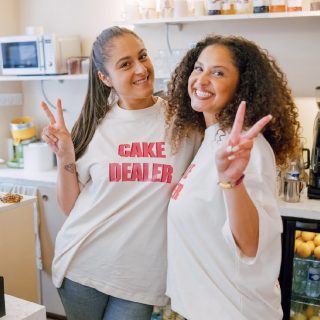
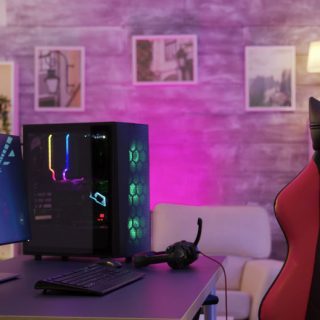





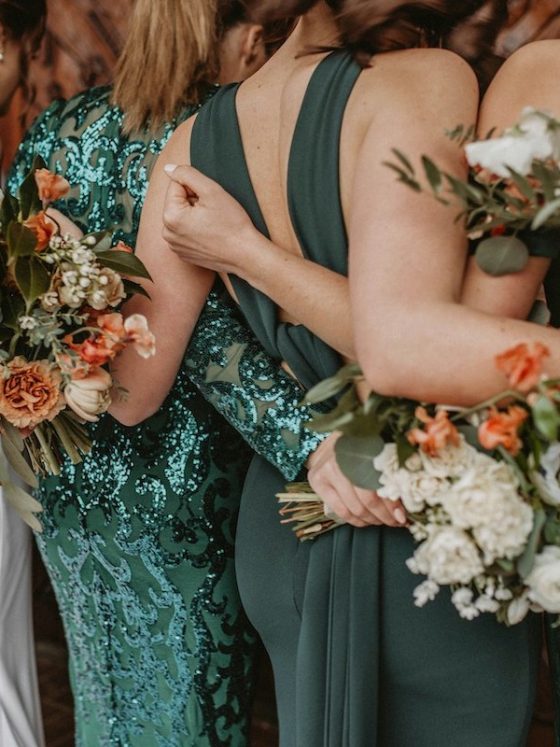
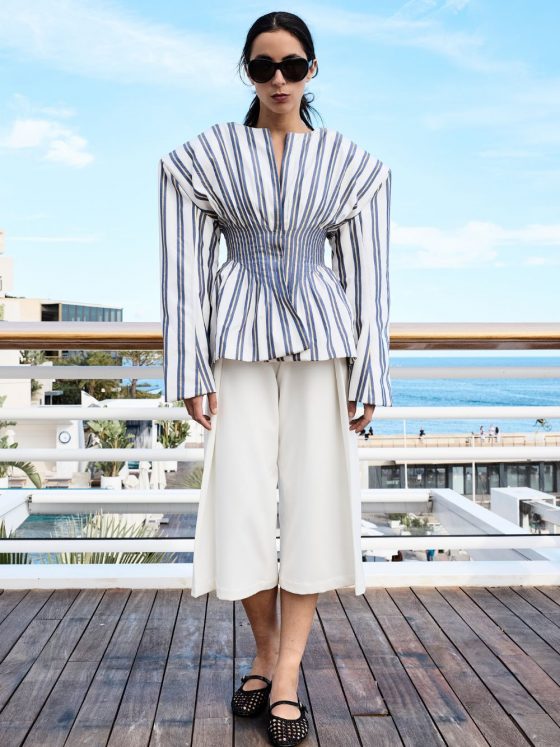
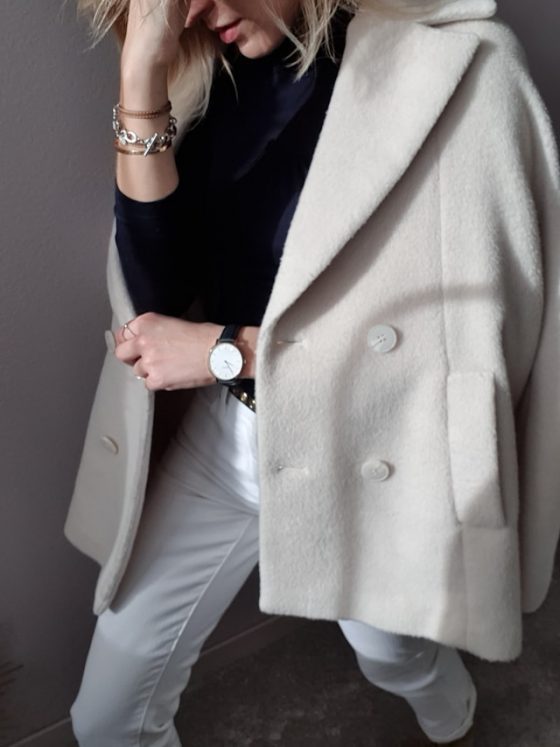





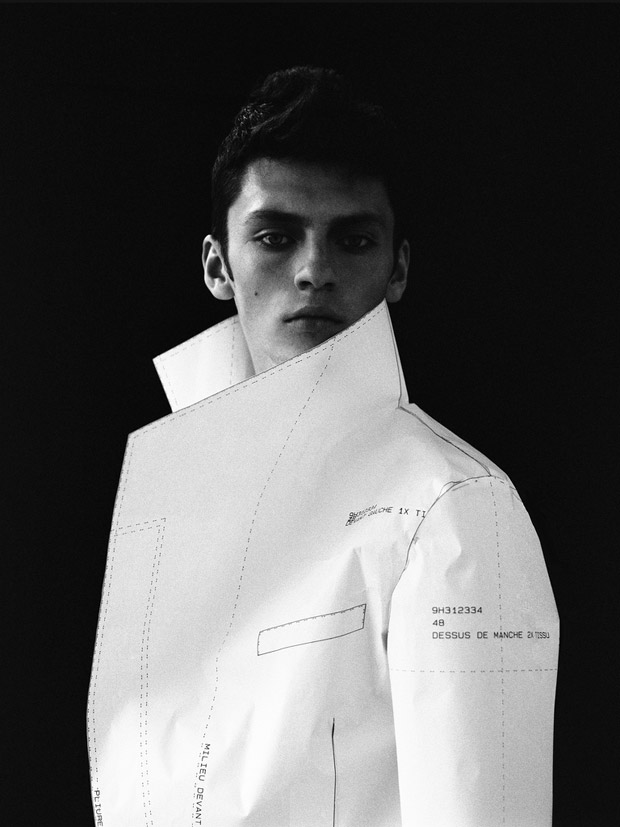
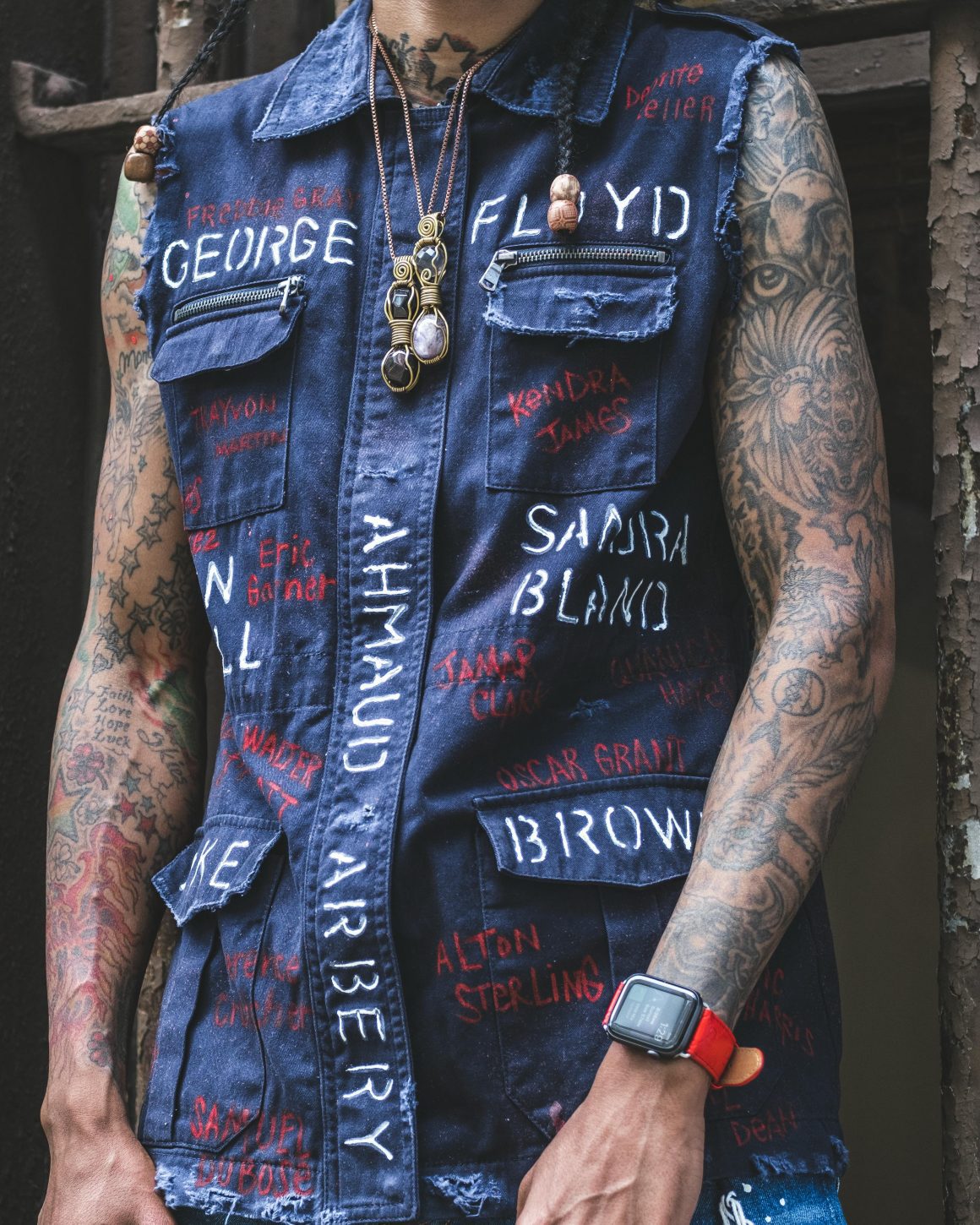

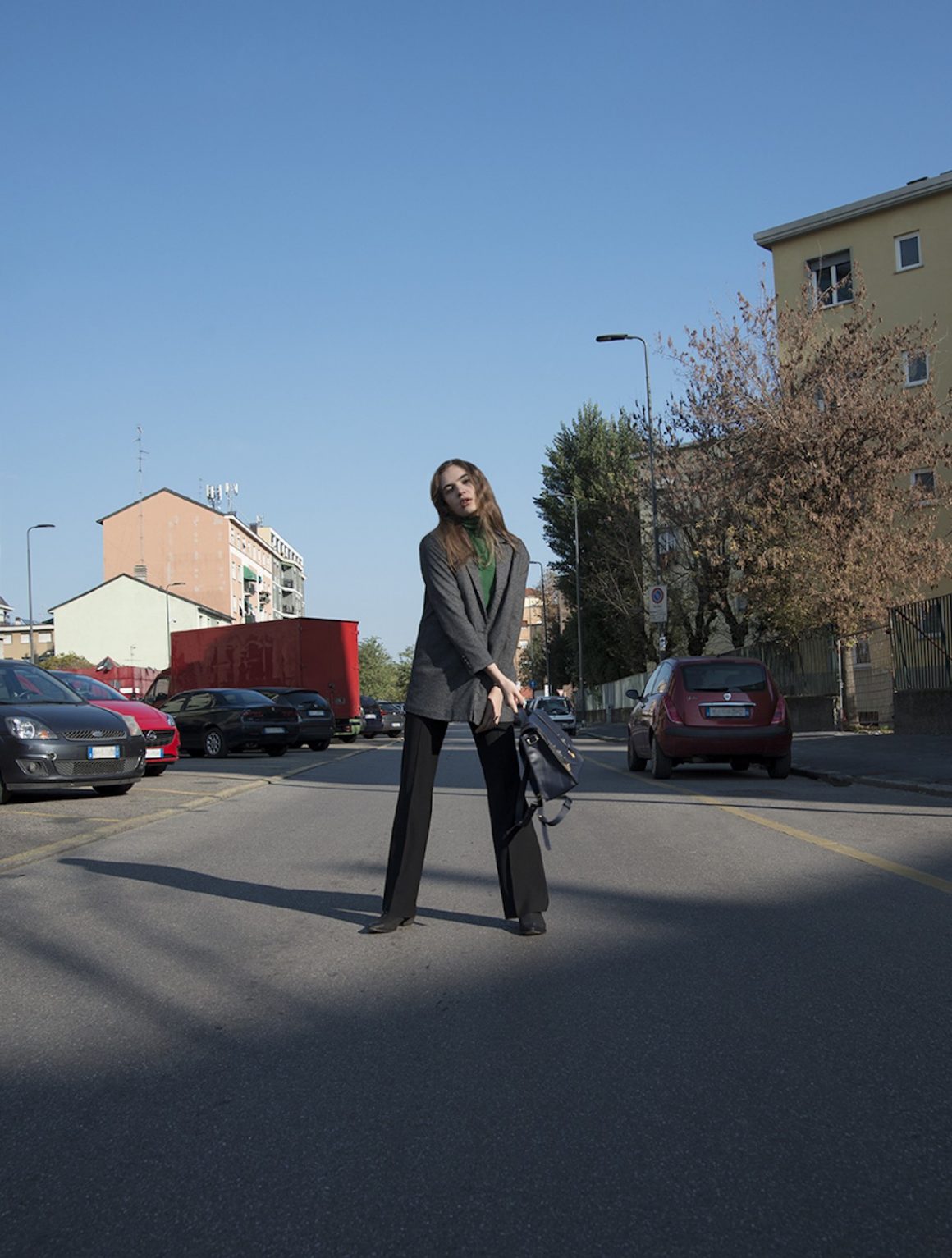
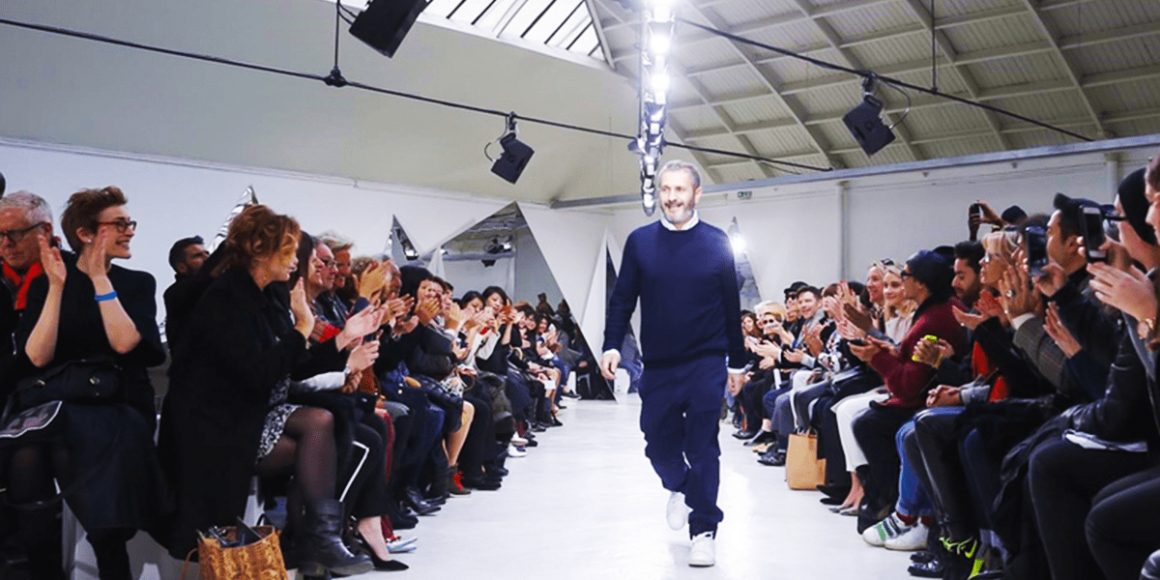
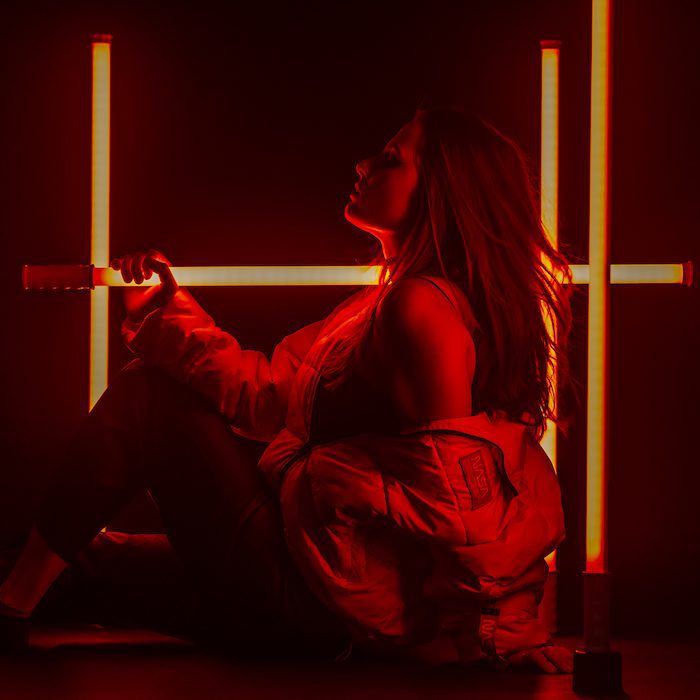

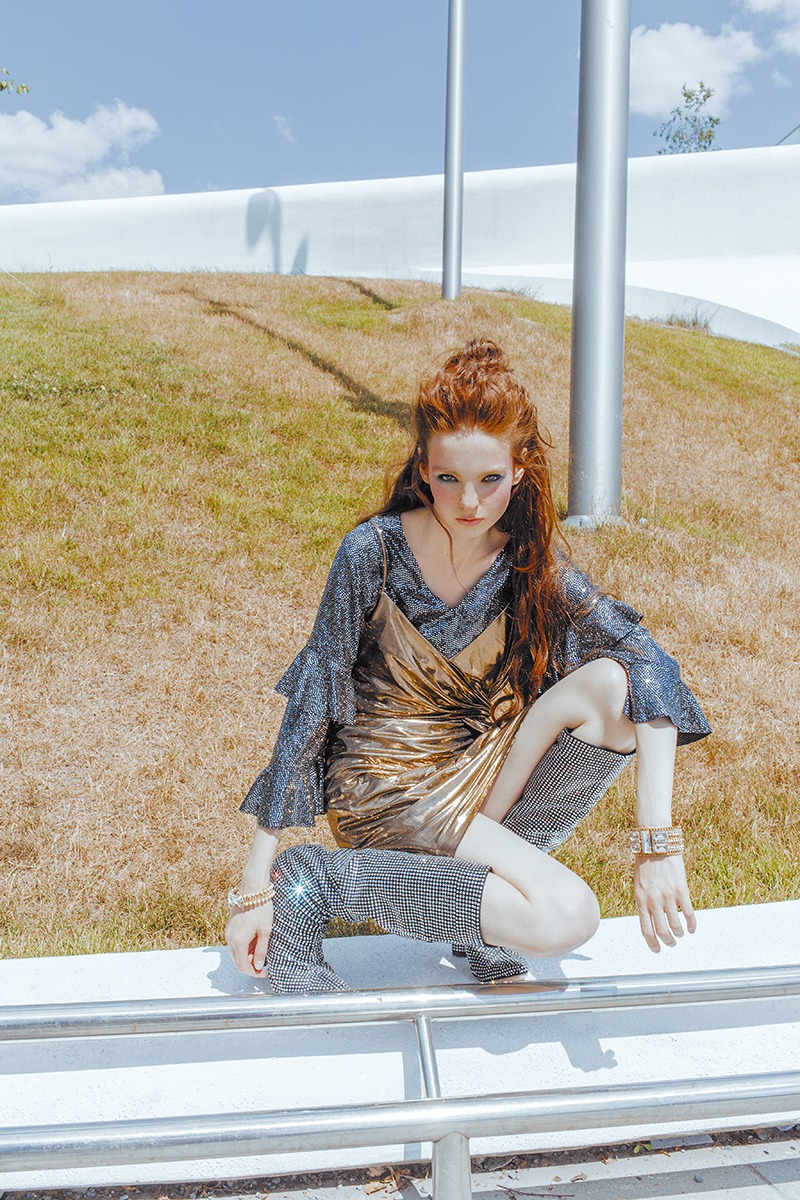
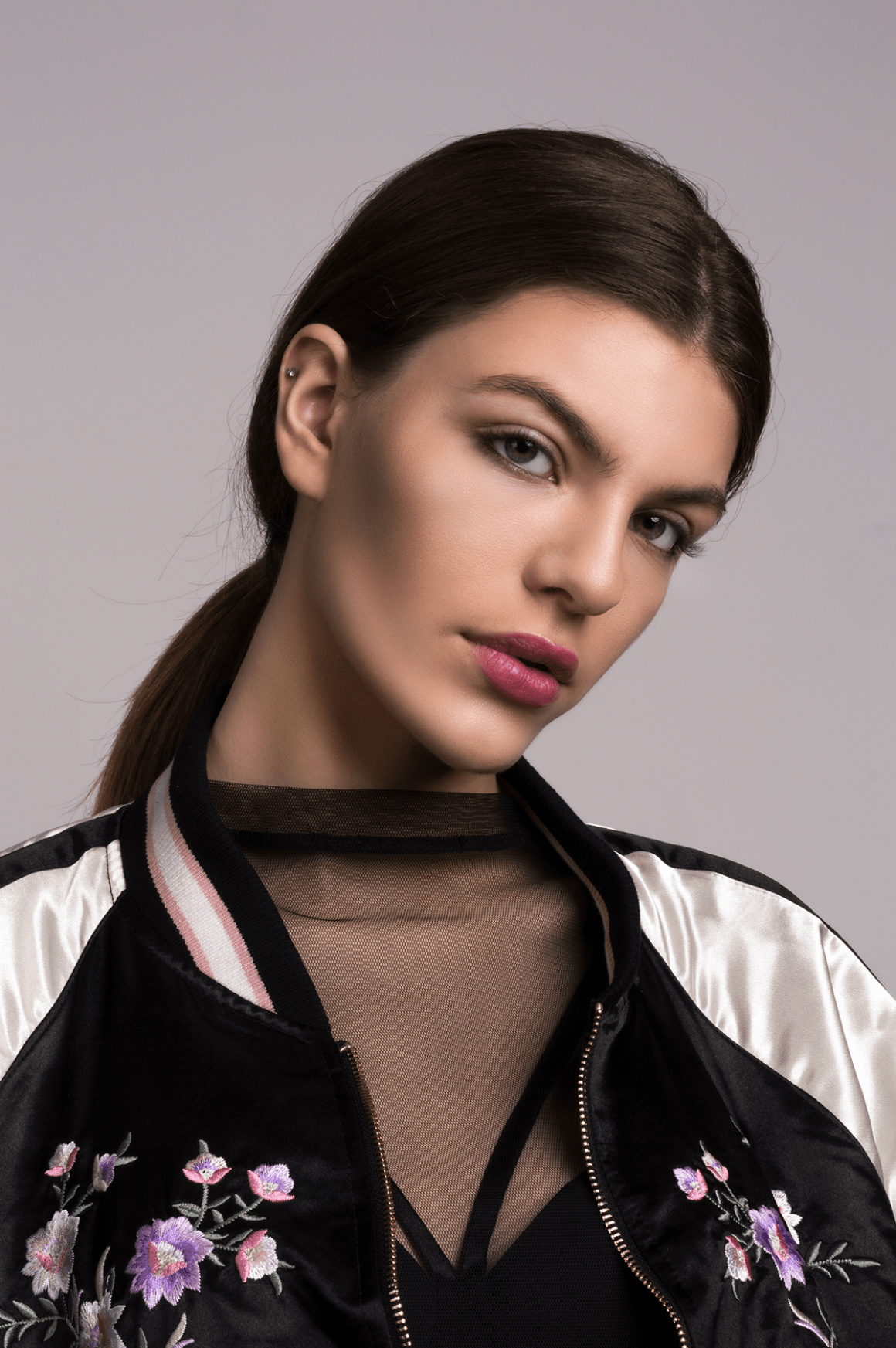
Follow us on Instagram